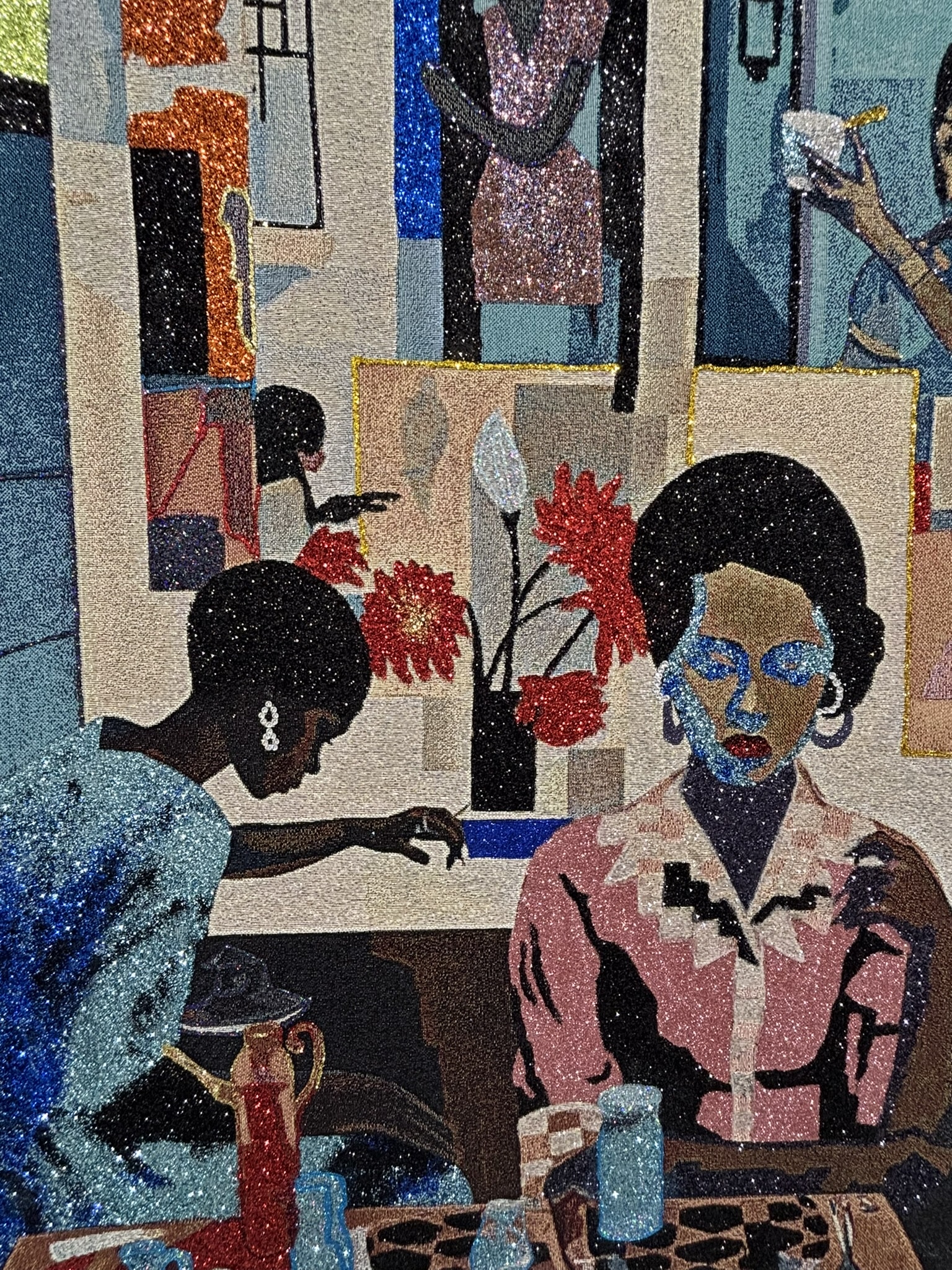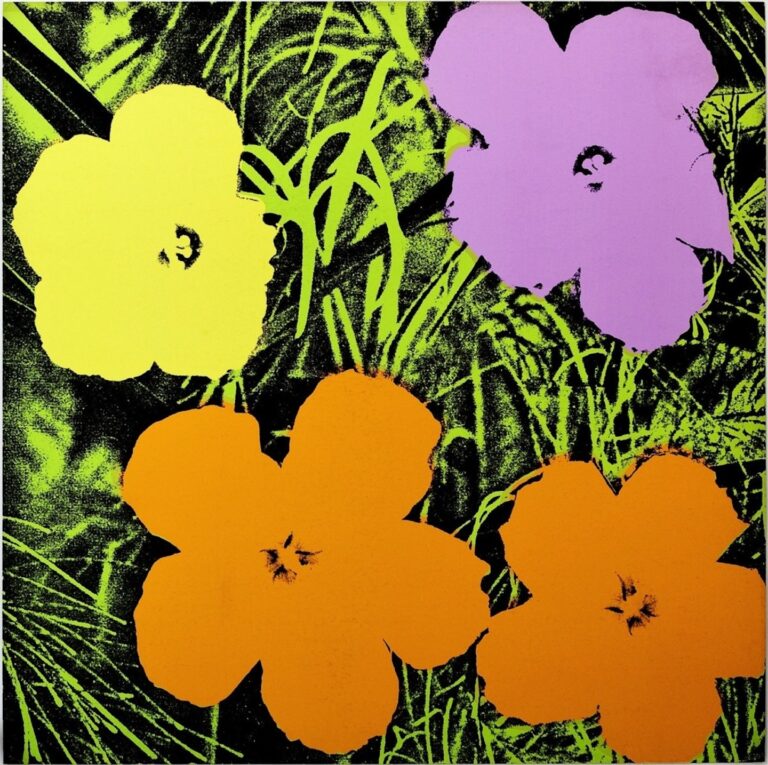More women graduate from art school than men, but there is a steep drop-off when it comes to the next step: becoming a professional artist. Today, women represent only 13.7% of living artists represented by galleries in Europe and North America.
Women’s rights are in jeopardy across the world. How can we support this issue in our own industry—women artists and their historical legacies—and what can we do to see this support into the future?
Why have there been no great women artists?
In 1971, American art historian Linda Nochlin asked, “Why have there been no great women artists?” Nochlin’s bombshell essay sent waves throughout art institutions and, in many ways, set contemporary art history’s present course: directly grappling with the institutional erasure of women’s contributions from the Western art canon.
In the decades since the early feminism of the 1970s, strides have been made in inserting women’s contributions into art history, and a new generation of artists have dedicated themselves to challenging the status quo. However, art institutions such as museums, galleries, and auction houses have been slow to answer the call of inclusion.
For instance, in a 2019 survey of solo exhibitions in museums across the U.S., only 14% featured women artists. According to the 2012 Waging Culture report, women constitute 63% of living artists, yet only account for 36% of solo exhibitions in major Canadian institutions since 2013. Significantly, 33% of those artists were white women, with non-white artists making up only 3%.
Female Artists Exist but Were Excluded
The giant splatter paintings of Jackson Pollock, which fetch staggering auction prices, are synonymous with Abstract Expressionism of the 1950s—an art movement that is heralded as ushering in a new kind of modern (masculine) painting.
Yet behind the giant careers of the likes of Pollock, Willem de Kooning, and Mark Rothko, an equally important cohort of female artists did exist, and their legacies are only now being properly explored.
For example, Grace Hartigan’s colourful abstract works are known for both their visual lyricism and the frenetic energy of her brush strokes. Hartigan is definitively part of the much-esteemed Abstract Expressionism movement, and like her male counterparts, her painting abandoned figuration in favour of gesture, colour fields, and abstract imagery.
Slowly, there is increasing knowledge that a group of women known as the “Ninth Street Women” (Hartigan, Elaine de Kooning, Perle Fine, and Yvonne Thomas, to name a few) were just as integral to the foundations of AbEx as their male peers. Only now are these female artists getting their due and proper place in the art historical canon.
Future Forward: the Feminist Art Project
When will the art world catch up with the amazing diversity of both women and minority artists? How do we safeguard the future of both?
Preventing art historical absence (or erasure) is in part answered through how contemporary artists manage their estates and how they archive their work—or if they even do. These measures ensure that artists have a say in the dissemination and critical reception of their works, during their lifetime and beyond.
The rest falls to those of us lucky enough to love art. Women artists deserve to be equally represented in the art market and this means safeguarding their works and giving them proper valuation. It means collecting art by professionally trained and critically acclaimed women artists, and it means becoming a steward of women’s history. This is important not just for women artists; it’s absolutely critical for all minority and underrepresented artists.
Let’s change history rather than repeat it.
Further Reading:
- Cooley, Alison, Amy Luo and Caoimhe Morgan-Feir. “Canada’s Galleries Fall Short: The Not-So Great White North.” Canadian Art. April 21, 2015.
- Halperin, Julia. “The 4 Glass Ceilings: How Women Artists Get Stiffed at Every Stage of Their Careers,” ArtNet News. December 15, 2017.
- Jacobs, Julia. “Female Artists Made Little Progress in Museums Since 2008, Survey Finds,” New York Times. September 25, 2019.
ArtRow’s Book Recommendations:
- Gabriel, Mary. Ninth Street Women: Lee Krasner, Elaine de Kooning, Grace Hartigan, Joan Mitchell, and Helen Frankenthaler: Five Painters and the Movement That Changed Modern Art. Little, Brown and Company, New York: 2018. NYT Review.
- Stief Angela Martin Walkner Christoph Steinegger Belinda Grace Gardner Nelson Wattie Gerald Matt Kalliopi Minioudaki Anke Kempkes Sid Sachs and Aaron Rose. 2010. Power Up : Female Pop Art. Wien Cologne: Kunsthalle ; DuMont Buchverlag.



